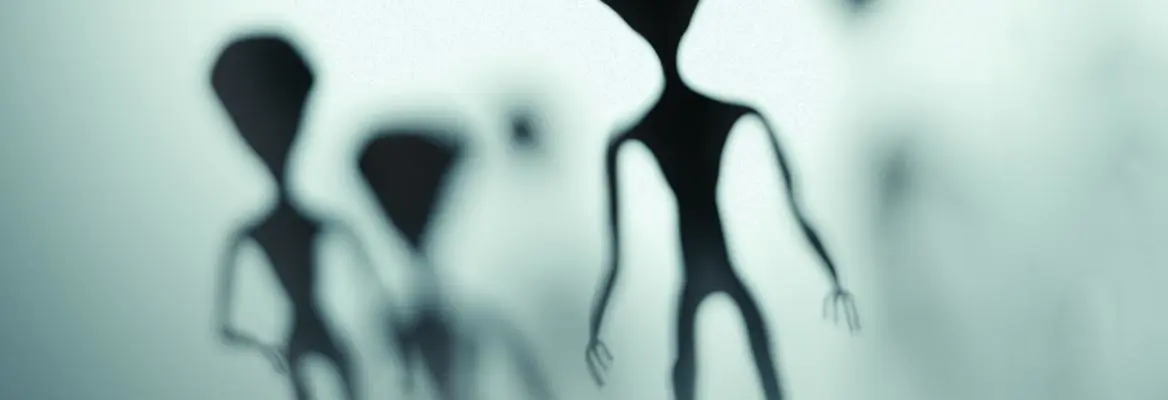It’s Halloween, when we are on high alert for the unknown that prowls in the shadows. I still shiver when I think of a Halloween night, many harvest moons ago, when a ragged, blue-wigged stranger showed up to trick-or-treat. The creature communicated by grunts and stomps, terrified my sister Gail and me…and turned out to be our mother.
What other creatures lurk in the vastness of space, unfamiliar and perhaps terrifying (or not), but still part of our family which we call life?
“Are we alone?”, arguably one of humankind’s oldest questions. As they looked at the heavens, the ancients imagined other worlds populated by gods and mortals. Friends or foe? Like us or unimaginable creatures?
In 2019 we still ask this same question, but for the first time in human history, we can approach this scientifically. We know so much more about the diversity and inner workings of the tens of millions of species of creatures with whom we share planet Earth. To complement our knowledge about life and its existence in our terrestrial environment, we have conducted the grand experiment of sending life to other celestial bodies in the form of the NASA’s Apollo astronauts who have walked and lived on the moon, and soon to return with women for the Artemis program. But our robotic surrogates have journeyed far beyond, to conduct experiments for us in the atmosphere and on the surface of planets, moons, asteroids, and comets in our own solar system. NASA’s Voyager 1 spacecraft entered interstellar space on 25 August 2012. The Breakthrough Foundation Starshot program is contemplating a flyby to a nearby planet …in another solar system.
How can we actually find what waits beyond earth, possibly as close as our nearest planetary neighbors? Like any hunter, we have to know what to look for. We have a clear idea of what a deer looks like, but how do we find what we don’t know? We have two options: seek enlightenment from the diversity of life on Earth, past and present. This diversity does seem incredible, with organisms ranging in size from a micrometer or two, to the giants of the Age of Dinosaurs, metabolisms that allow organisms to live off the carbon dioxide and nitrogen in the atmosphere (looking at you, cyanobacteria) to those of us who require plants, fungi and animals to sustain us. Many, but not all of us breathe oxygen, why not use iron or sulfur as terminal electron acceptors? We (life) have conquered temperatures ranging from the frigid climes of the Antarctic to the geysers well above the boiling point of water. We live in acid, base, high radiation, no radiation, high salt, low salt, and so on. And some so-called polyextremophiles inhabit more than one extreme, for example the boiling acid hotsprings of Yellowstone National Park.
This diversity seems incredible until you look “under the hood” and realize that all life uses the same operating systems of the same DNA-based system, with proteins and RNA encased in lipid bilayers, all compounds based on organic carbon. Why not use a different alphabet for life? A mineral or protein coating? What other possibilities are feasible? The burgeoning field of synthetic biology is the art of the possible, the toolkit to create and examine other possibilities, and someday – perhaps soon – create a life form.
Of course all this assumes that we can even agree on a definition for life.















Join the conversation